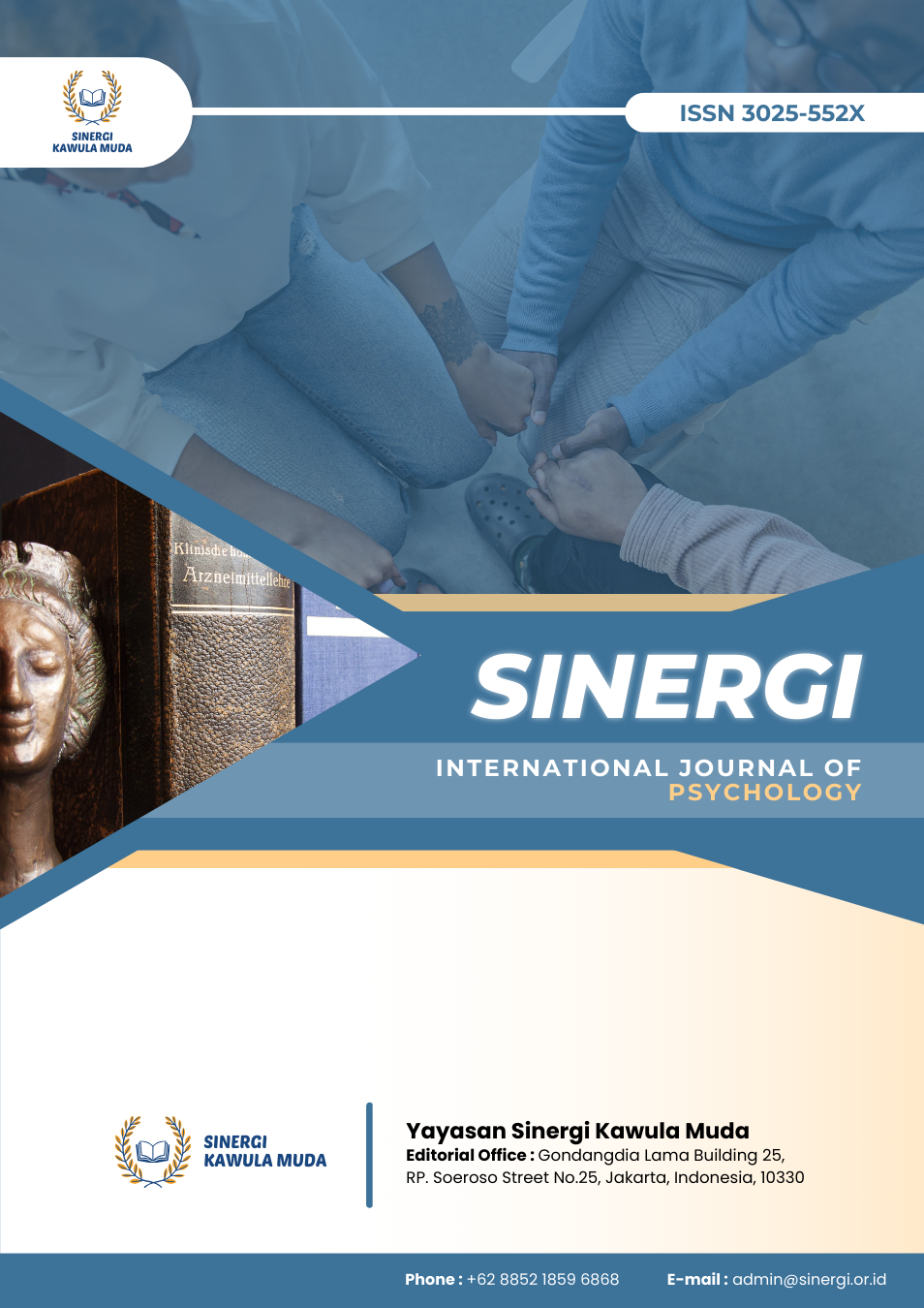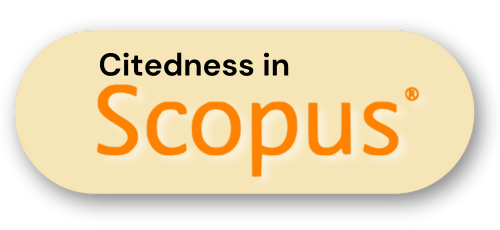Application of Techniques PETTLEP Imagery to Increase Karate Athletes' Self-Efficacy
DOI:
https://doi.org/10.61194/psychology.v1i3.633Keywords:
PETTLEP Imagery, Self-Efficacy, Karate AthleteAbstract
This research was conducted to evaluate the effectiveness of applying the PETTLEP Imagery technique, with a focus on Physical and Timing aspects, in increasing self-efficacy in non-professional karate athletes. This method involves realistic visualization of movements as well as simulating the duration of movements according to the match situation. The intervention was carried out in the Psychology Building at Muria Kudus University, with a duration of each session of 1–2 hours. The subject involved was a 23 year old female karate athlete who had experience competing from an early age. The implementation method includes physical training combined with visualization of movements and setting the duration according to match time. The results of the activity showed that the subject experienced a significant increase in self-confidence, concentration, and mastery of movements that were more accurate and regular. The combination of Physical and Timing techniques has proven to be effective in increasing the efficiency of movement techniques and reducing anxiety before the match. In conclusion, the PETTLEP Imagery technique can increase athletes' physical and mental readiness in facing competitions, with a positive impact on training performance and reducing anxiety.
References
Ain, H. (2022). The Effectiveness of Sparring Partner Training in Increasing Achievement Motivation of Kumite Athletes at the Garuda Karate Mataram Club. Journal Sport Science, Health and Tourism of Mandalika (Jontak), 3(2), 47-54.
Anggia, O., Wati, I. D. P., & Triansyah, A. (2019). Survey of the Effectiveness of Training in Extracurricular Football at SMP Negeri 4 Dedai. Journal of Exercise Science. https://doi. org/10.26418/jilo. v2i1, 32625. DOI: https://doi.org/10.26418/jilo.v2i1.32625
Ajid, O. N., Komarudin, K., & Mulyana, M. (2019). The Influence of the PETTLEP Method and Audio Visual Media on Learning Outcomes of Single Standard Pencak Silat Skills. Journal of Applied Sports Science, 4(2), 107-116. DOI: https://doi.org/10.17509/jtikor.v4i2.18989
Budiwanto, S. (2012). Sports Training Methodology. Malang: State University of Malang. Malang: State University of Malang.
Feltz, D. L., & Lirgg, C. D. (2001). Self-efficacy beliefs of athletes, teams, and coaches. Handbook of sport psychology, 2(2001), 340-61.
Holmes, P. S., & Collins, D. J. (2001). The PETTLEP approach to motor imagery: A functional equivalence model for sport psychologists. Journal of Applied Sport Psychology, 13(1), 60–83. DOI: https://doi.org/10.1080/10413200109339004
Indrajaya, M. I. (2017). Level of Physical Condition of Surabaya City Karate Sports Branch (Puslatcab Surabaya Female Karate Student Athlete. Journal of Sports Performance, 1(1).
Kusumadewi, I. A., Ghozali, D. A., Hastami, Y., & Wiyono, N. (2021). The Relationship between Anxiety Levels and Self-Efficacy Levels in Swimming Athletes. JOSSAE (Journal of Sport Science and Education), 6(1), 107-114. DOI: https://doi.org/10.26740/jossae.v6n1.p107-114
Siregar Aisyah, N., Harahap Royani, N., & Harahap Sari, H. (2023). The Relationship Between Pretest and Posttest and Learning Outcomes of Class VII B Students at MTS Alwashliyah Pantai Cirebon. Edunomics, 07(01), 2–3.
Smith, D., & Bar-Eli, M. (2007). Essential Readings in Sport Psychology. Champaign: Human Kinetics.





